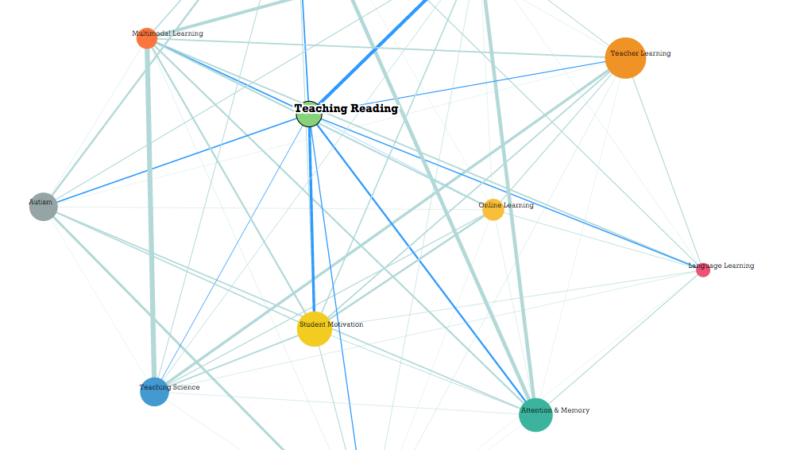As technology becomes an accepted tool in many classrooms, teachers and administrators are looking for the best ed-tech tools to advance their goals around student learning. Unfortunately, there are so many tools on the market claiming to be the best option, it can be hard to sort through the noise and make an informed decision.
Digital Promise, the congressionally authorized nonprofit charged with "accelerating innovation in education to improve opportunities to learn," has developed a tool to help educators and ed-tech developers sort through relevant research.
“There is more and more pressure for people to use research in their work," said Sarita Bhargava, chief communications officer for Digital Promise. "We hope this tool will provide the first step."
The Digital Promise research team used Web of Science, a tool that allows users to search by citation, to put together a network of peer-reviewed research articles related to education. They've organized the research into 12 broad topics that include subjects like student motivation, teaching reading, and special education practices.


